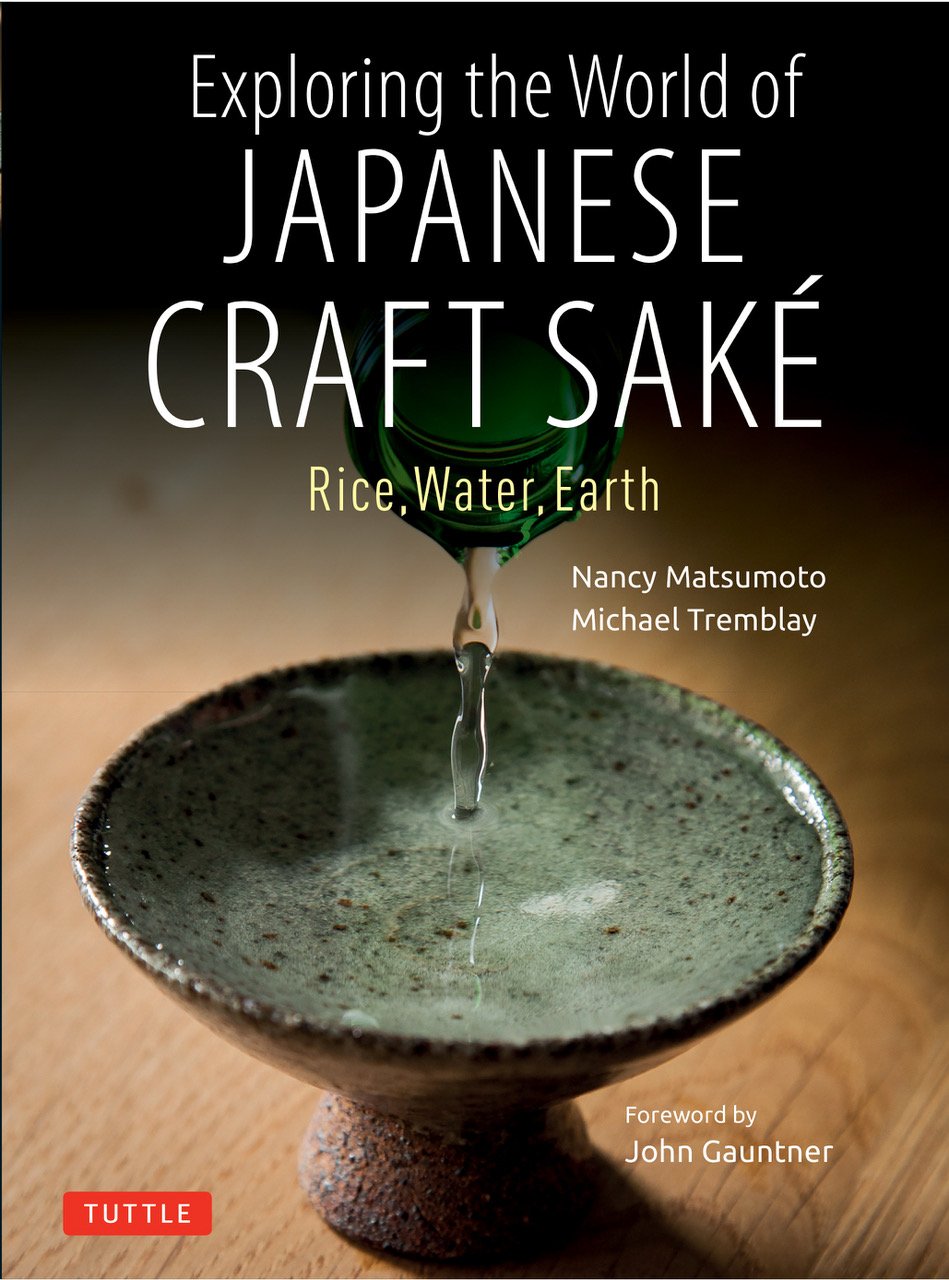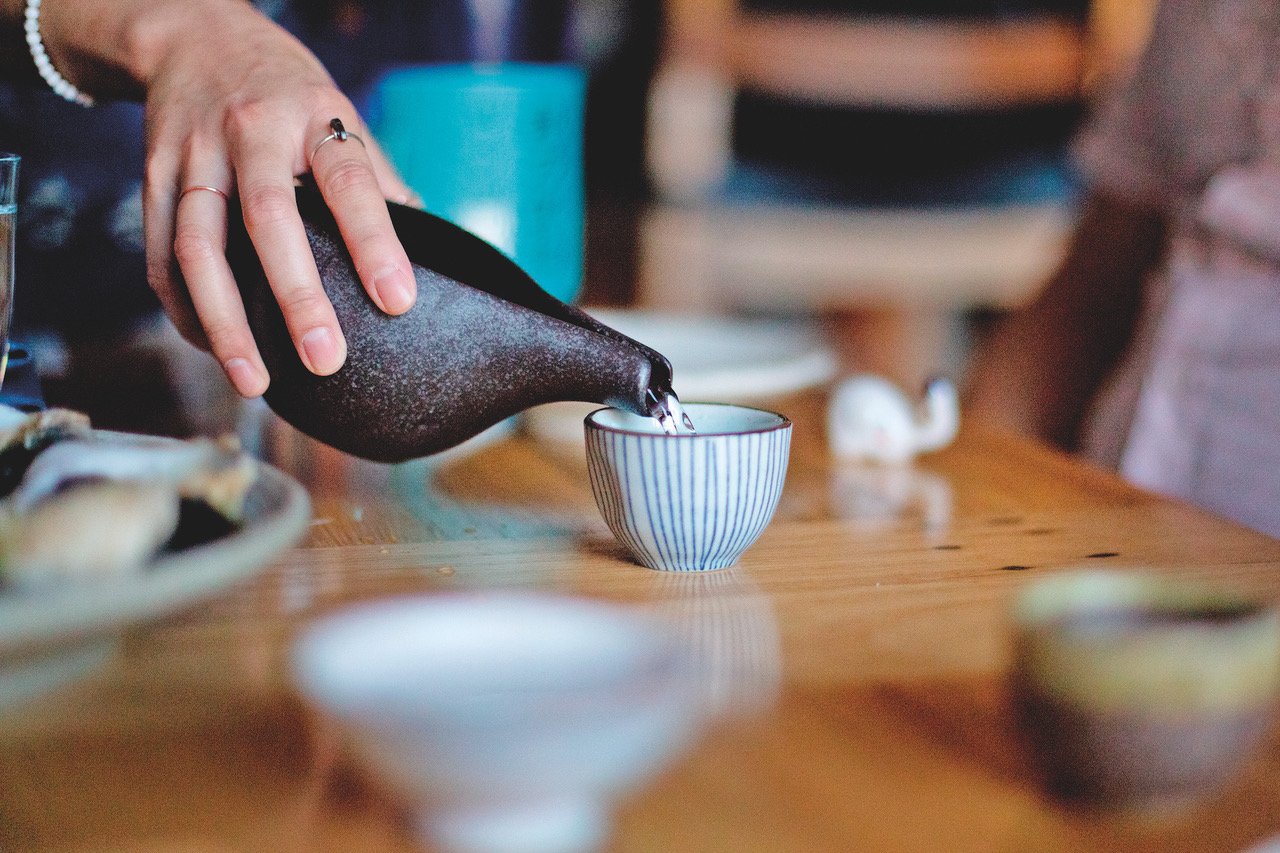Boozy Book Review: Exploring the World of Japanese Craft Sake
With hundreds of color photos and a nearly 40-page illustration-driven introduction section, it appears on the first flip-through that Exploring the World of Japanese Craft Sake by Nancy Matsumoto and Michael Tremblay will be a quick, light read. It is not – the book is a detailed exploratory tour of sake’s history, geography, production, people, terroir, and hot topics. The storytelling is engaging, written mostly the style of a reporter on the scene (“Dampness hangs in the air this morning as our train makes its way southwest from Akita City through the rural rice-producing Senboku district.”), layering tales upon tales in each section until the authors pause and discuss what it all means. It is not a quick read, but I was so engrossed in it that found myself reading it very quickly.
The first part of the book is an overview of sake production, tasting, and serving, all presented as charts and graphs akin to a PowerPoint presentation. It was fun to study, but I found the real value to come from the narrative.
The History of Sake Production in Japan
The bulk of the book introduces us to people and places that have an important role in sake of the past or present, such as a brewer or rice grower with a long family history in a specific region. That provides the opportunity for the authors to reveal that history (sometimes over several hundred years, other times from World War II forward when the industry changed radically) and then discuss what is happening at the current moment. For example, we learn about the history of rice polishing as the process changes from hand-polishing to water-powered to mechanized to very specific modern techniques optimized to polish different rice varietals. We learn that someone has polished rice all the way down to one percent (meaning 99 percent of the rice’s outer layer has been removed), and then discuss if these extreme levels of polishing are even necessary with more scientific understanding of the rest of the brewing process. And thus, we can question whether the official grading levels of sake by its percent of rice polishing are still accurate or useful. And that’s just one part of the process.
We take this journey from the ancient past to the modern day with each aspect of sake production. We learn of regional rice varieties and the impact of newly developed ones, hard and soft water in different parts of Japan’s varied landscape and how brewers learned to control fermentation differently for each, and the development of new and revival of heirloom yeast and koji strains. The authors discuss modern topics in consumer preference for sparkling sake, the difference between American and Japanese-style tasting notes, and how producers might learn from the wine industry’s celebration of terroir and vintages and terminology like natural, organic, and low-intervention. There are parallels (though not called out specifically) with single malt scotch whisky too – if producers can make any style of sake in any part of the country with modern technology, are notions of regionality and terroir still relevant?
Looking to the future
Along the way tasting flights are suggested with three sakes that highlight the specific parameter being discussed: tastings of sakes that show the impact of different water sources, brewing yeasts, heirloom rice varietals, etc. There are discussions of the new generation of women brewers, sake bars, and they even threw in a few food recipes for good measure. The book accomplishes a great deal, and for me the most valuable part of it is my new understanding of both “how we got to now” in sake, and also “where do we go from here?”



